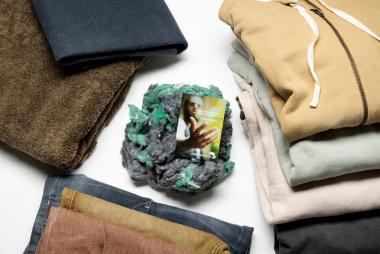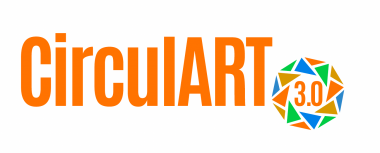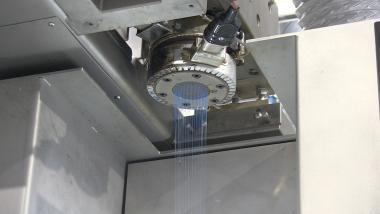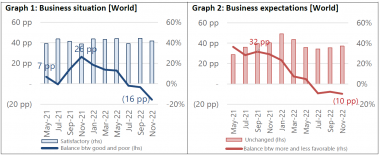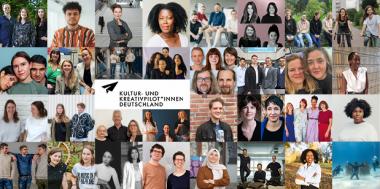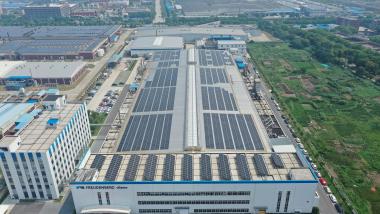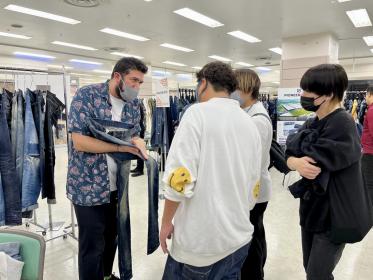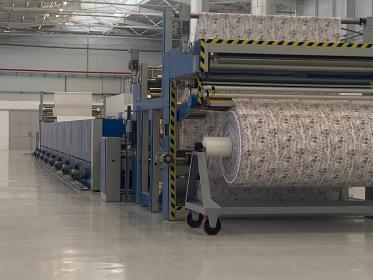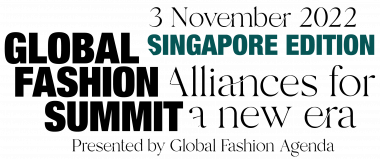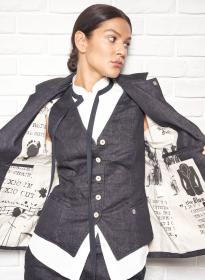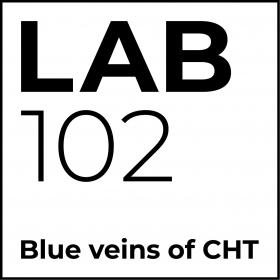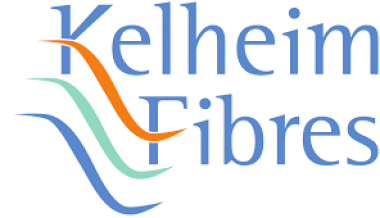FiberColors*: Upcycling textile waste into colors
With the Earth population reaching 8 billion in November 2022, the need to address the issue of textile waste becomes more critical.
According to earth.org, 92 million tons of textile waste is produced every year, a number that is expected to soar to 134 million tons by the end of the decade. Around 85% of all textiles discarded in the US are said to end up in landfills, leading to land and water pollution impacting first and foremost local communities.
Archroma, a company who creates colors for fashion, decided to look at the issue creatively: what if it could create colors from waste fashion?
The company had already developed a way to turn waste from the herbal and food industry into its range of EarthColors® featured by brands such as G-Star, Patagonia, Esprit, Tom Taylor, Pangaia, UGG, and Primark. Now they are is introducing a new innovation: the FiberColors* technology.
With this technology, Archroma upcycles textile waste into colors. The colors are synthesized from a minimum content of 50% waste-based raw material.
R&D experts have developed a way to use cotton and/or polyamide and their blends (with a >95% purity) to substitute the major part of the petroleum-based raw material usually used to make dyestuff.
The resulting FiberColors* range, which is patent-pending and therefore exclusive to Archroma, includes five dyes covering a palette of timeless shades: Diresul® Fiber-Teak (brown shades), Diresul® Fiber-Ochre (olive shades), Diresul® Fiber-Maroon (bordeaux shades), Diresul® Fiber-Slate (blue grey shades) and Diresul® Fiber-Graphite (dark grey shades).
The dyes are especially suited for cellulose fibers such as cotton, viscose, linen and kapok, and can be used in continuous, exhaust, denim and garment dyeing and printing processes.
Archroma


